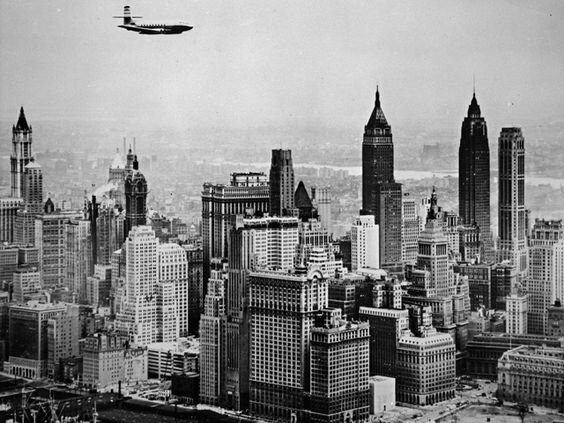- Joined
- 25 July 2007
- Messages
- 4,299
- Reaction score
- 4,197
--- Canadians need not wail of Brit perfidity thwarting a bonanza...
Hey, hey ... we didn't make fun of cricket, now did we! Wailing at perfidy is our national sport
--- Canadians need not wail of Brit perfidity thwarting a bonanza...
... the Comet was, it was pretty well blindsided by the metal fatigue issue which caused fatal crashes in 1954. Might the Jetliner have founf itself faced with the same issue?
Thank you fortrenaAccording to James Charles "Jim" Floyd's The Avro Canada C102 Jetliner (Erin, Ontario: Boston Mills Press, 1986), Avro Canada engineers looked at Jetliner versions designed for transport (cargo or soldiers / paratroopers), training (pilots and / or navigators), photo reconnaissance / mapping and high altitude medical research. The length of the fuselage of these aircraft might perhaps have varied depending on the purpose.
Going off on a tangent, at least at first glance, the fuselage diameter and wing chord at the root of the Avro Canada Jetliner and Avro Tudor propeller airliner appear to be quite similar.

The nose is now in the museum at Rockcliffe Airport, a suburb of Ottawa.One record that can't be taken away from the Avro Jetliner is that it delivered the very first jet airmail, in a trip from Toronto to New York on April 18, 1950. Here it is, streaking over Manhattan.
View attachment 711277
After development work ceased, it was used extensively on company business, enjoying a relatively trouble free and reliable working life until its final flight on Nov. 23, 1956, over seven years since it first took off. Its airworthiness certificate having expired, it was decided not to invest the additional cost to keep it flying and it ended up being dismantled, with only the nose still in existence.
